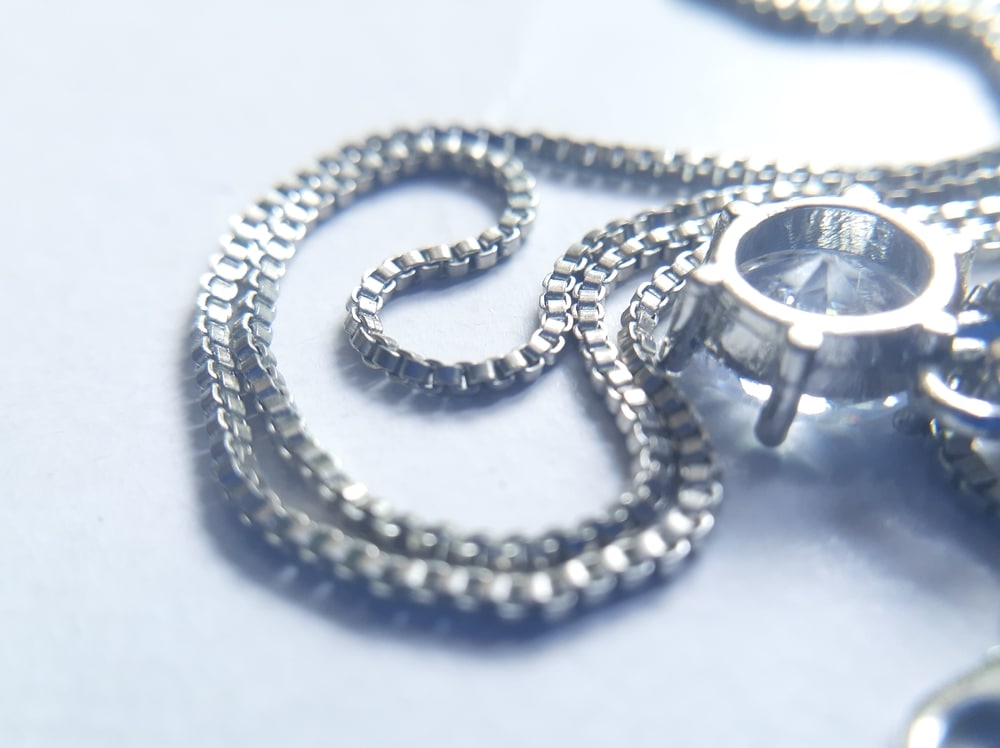Table of Contents
Stainless steel has become one of the most popular materials used in jewelry for its durability, affordability, and aesthetic appeal. From stainless steel rings to bracelets, necklaces, and earrings, many people choose stainless steel jewelry for its modern, sleek appearance. However, one of the most common questions is whether stainless steel jewelry is waterproof. Can it really withstand exposure to water without losing its shine or corroding? This article will explore the facts you need to know about stainless steel jewelry’s waterproof properties, including how to care for your jewelry, what makes it resistant to water, and how it performs in different environments.
What is Stainless Steel Jewelry?
Stainless steel is an alloy that contains iron, chromium, and sometimes other metals like nickel and molybdenum. The key to its strength and water resistance lies in its composition, specifically the inclusion of chromium. Chromium forms a protective layer on the surface of the steel, preventing rust and corrosion. This protective layer is why stainless steel jewelry can remain shiny and durable even with frequent wear.
The level of corrosion resistance of stainless steel pieces depends largely on the grade of stainless steel used. Jewelry is typically made from 304 or 316L stainless steel, both of which offer excellent resistance to rust and tarnish. The presence of chromium and nickel helps in keeping your stainless steel rings looking new for a long time, even with regular exposure to moisture.
Is Stainless Steel Jewelry Waterproof?
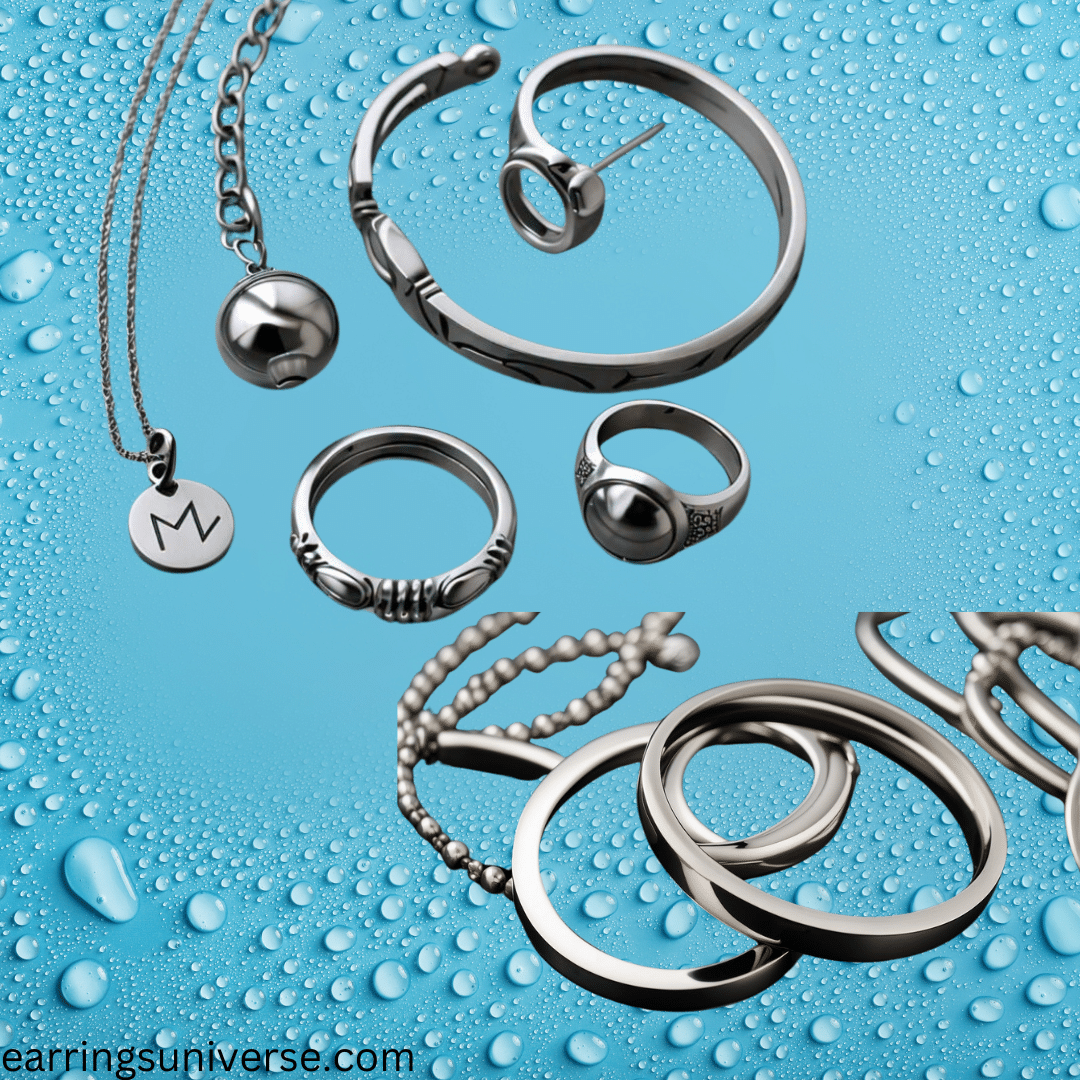
The short answer is Yes; stainless steel jewelry is waterproof. Thanks to its chromium content, it is resistant to rust and corrosion, even when exposed to water. This makes it a great choice for people who want low-maintenance jewelry they can wear every day without worrying about water damage.
However, while stainless steel jewelry can withstand contact with water, it’s important to note that prolonged exposure to saltwater or chlorinated water might still cause some wear over time. Saltwater and chlorine are harsher on metals and can dull the surface of your jewelry if not cared for properly.
The Role of Chromium and Nickel in Water Resistance
The magic behind stainless steel jewelry’s ability to withstand water lies primarily in the presence of chromium and nickel. Chromium reacts with oxygen in the air and water to form a thin, invisible layer of chromium oxide. This layer is what gives stainless steel its corrosion resistance and ability to stay shiny even when exposed to moisture. Nickel, while added to enhance the strength and durability of stainless steel, also plays a role in its ability to resist corrosion.
However, it’s important to note that not all grades of stainless steel are created equal. For instance, 316L stainless steel, which is commonly used in high-end jewelry, has higher nickel content and molybdenum, which gives it better resistance to salty environments and chlorinated water compared to 304 stainless steel.
How to Care for Stainless Steel Jewelry Around Water
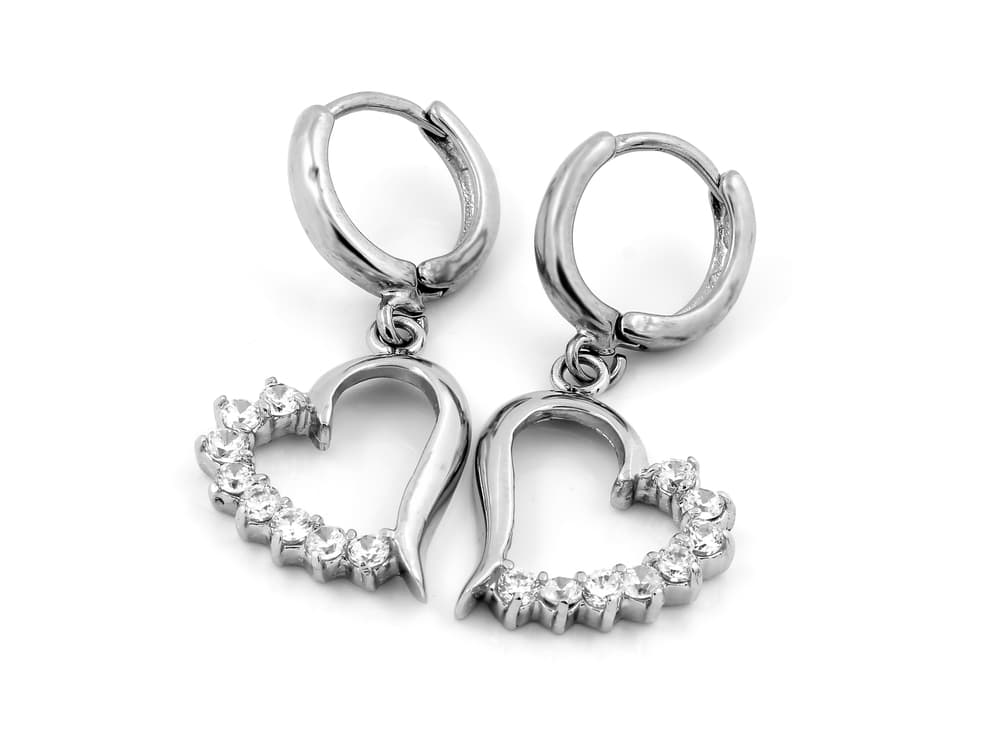
Even though stainless steel is generally waterproof, taking proper care of it will extend its lifespan and keep it looking new. Here are some tips to care for your stainless steel jewelry:
Rinse after Saltwater or Chlorine Exposure
If you’ve been swimming in the ocean or a pool, it’s a good idea to rinse your jewelry with fresh water to remove any salt or chemicals that may linger on the surface.
Dry Thoroughly
After your jewelry gets wet, always make sure to dry it with a soft cloth to prevent water spots and keep the surface shiny.
Store Properly
When you’re not wearing your stainless steel jewelry, store it in a dry place. A small cloth bag or jewelry box will protect it from humidity.
What About Sweat?
Another common question is whether sweat can affect stainless steel jewelry. While stainless steel is resistant to corrosion, prolonged exposure to sweat can cause buildup, especially if the jewelry is worn during heavy physical activity. Sweat contains salt and oils, which, over time, can affect the finish of the metal. To keep your stainless steel jewelry looking its best, it’s a good idea to clean it regularly, especially if worn during exercise or in hot climates.
Can You Wear Stainless Steel Jewelry in the Shower?
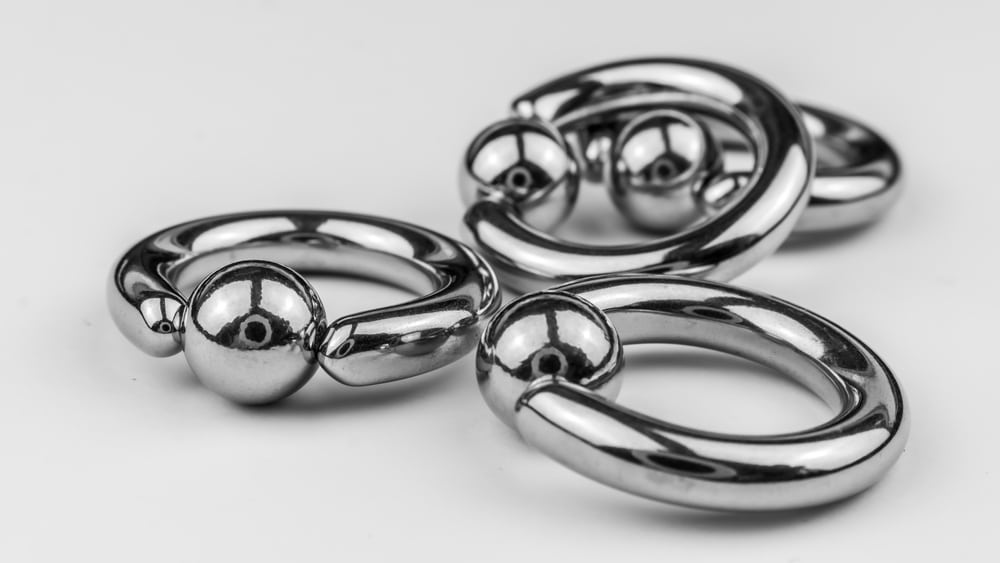
Yes, you can! One of the best features of stainless steel jewelry is that you can wear it in the shower without worrying about rusting or tarnishing. The chromium in the metal prevents water from causing damage, unlike silver or other metals that may tarnish or degrade when exposed to moisture.
That said, using harsh soaps or shampoos might cause some buildup on the surface of your jewelry over time. It’s a good idea to rinse your jewelry periodically and give it a quick polish with a jewelry cleaning cloth to maintain its shine.
How Durable is Stainless Steel Jewelry?
Stainless steel jewelry is known for its durability. It doesn’t bend or scratch easily, making it perfect for daily wear. It’s also resistant to fading, unlike some plated metals that lose their color over time. Because of its resistance to rust and tarnish, stainless steel jewelry remains shiny and polished, even after long-term wear.
Moreover, stainless steel is hypoallergenic, meaning it’s safe for people with sensitive skin or metal allergies. Unlike nickel or copper, which can cause allergic reactions, stainless steel is less likely to irritate the skin, making it a great option for earrings, necklaces, bracelets, and rings.
Can You Wear Stainless Steel Jewelry in the Pool?
While stainless steel jewelry is waterproof, wearing it in the pool regularly isn’t recommended. Chlorine found in pool water is harsh and, with prolonged exposure, can cause stainless steel to lose its luster. Occasional pool use is fine, but if you want your jewelry to stay in pristine condition, consider removing it before diving into the pool.
Stainless Steel vs. Other Metals in Water
How does stainless steel jewelry compare to other metals when it comes to water resistance? Let’s take a look:
Silver
Silver is prone to tarnishing when exposed to water, especially saltwater or chlorinated water. Unlike stainless steel, silver requires more care and is not recommended for water exposure.
Gold
While pure gold is resistant to tarnish and rust, many gold jewelry pieces are gold-plated, meaning they have a thin layer of gold over another metal like brass or copper. Over time, water can cause the plating to wear off, revealing the metal beneath. Stainless steel, on the other hand, remains waterproof and rust-resistant.
Titanium
Like stainless steel, titanium is also corrosion-resistant and durable. However, stainless steel is more affordable and easier to maintain.
Does Stainless Steel Jewelry Rust?
While stainless steel jewelry is highly resistant to rust, it’s not entirely immune. In rare cases, if the protective chromium oxide layer is compromised, the steel underneath can begin to rust. Factors like exposure to salty air or harsh chemicals can increase the chances of rust forming.
To prevent rust, regularly clean your stainless steel jewelry and store it properly. If you do notice any rust, you can use a simple mixture of baking soda and water to gently scrub the affected area.
Caring for Your Stainless Steel Jewelry
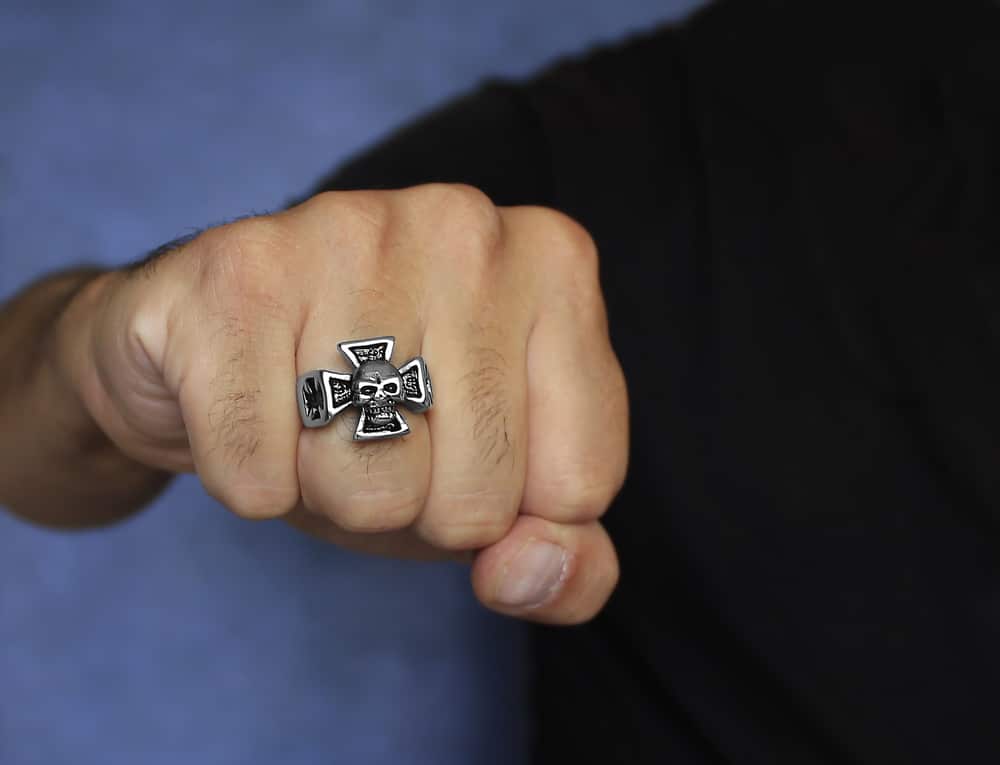
Even though stainless steel pieces are designed to last, proper care will ensure that your jewelry remains shiny and resistant to tarnishing for years to come. Here are a few tips on how to clean your stainless steel jewelry and maintain its appearance:
Clean your Stainless Steel Jewelry Regularly
You can clean your earrings, stainless steel rings, and other jewelry with mild soap and warm water. Gently scrub the jewelry with a soft cloth or toothbrush to remove any dirt or oils. Afterward, rinse the jewelry with water and dry it thoroughly to avoid any moisture being trapped on the surface.
Avoid Exposure to Harsh Chemicals
While stainless steel jewelry can handle some water exposure, it’s best to avoid exposing it to harsh chemicals like bleach, chlorine, or sulfur. These substances can damage the protective layer on the jewelry and cause discoloration.
Store your Jewelry Properly
When not wearing your stainless steel rings or other pieces, store them in a dry, cool place. This will prevent exposure to humidity, which could lead to tarnishing over time.
Conclusion
In summary, stainless steel jewelry is indeed waterproof and highly resistant to corrosion, making it an excellent choice for those who don’t want to worry about their jewelry getting damaged by water. Whether you’re showering, swimming, or simply washing your hands, you can trust that your stainless steel jewelry will remain shiny and beautiful. Just be mindful of chlorine and saltwater exposure, and give your jewelry the occasional rinse and polish to keep it looking its best.
With the proper care, your stainless steel jewelry will last for years, maintaining its durability and brilliance even with regular exposure to water. So, if you’re looking for a piece that combines affordability, strength, and water resistance, stainless steel jewelry is a perfect choice.
